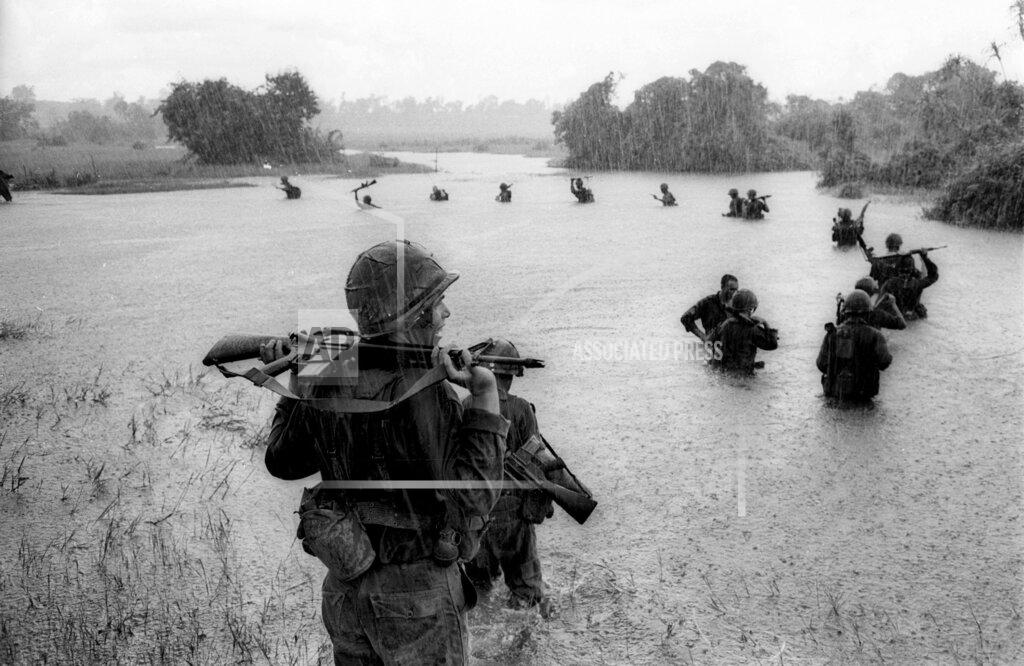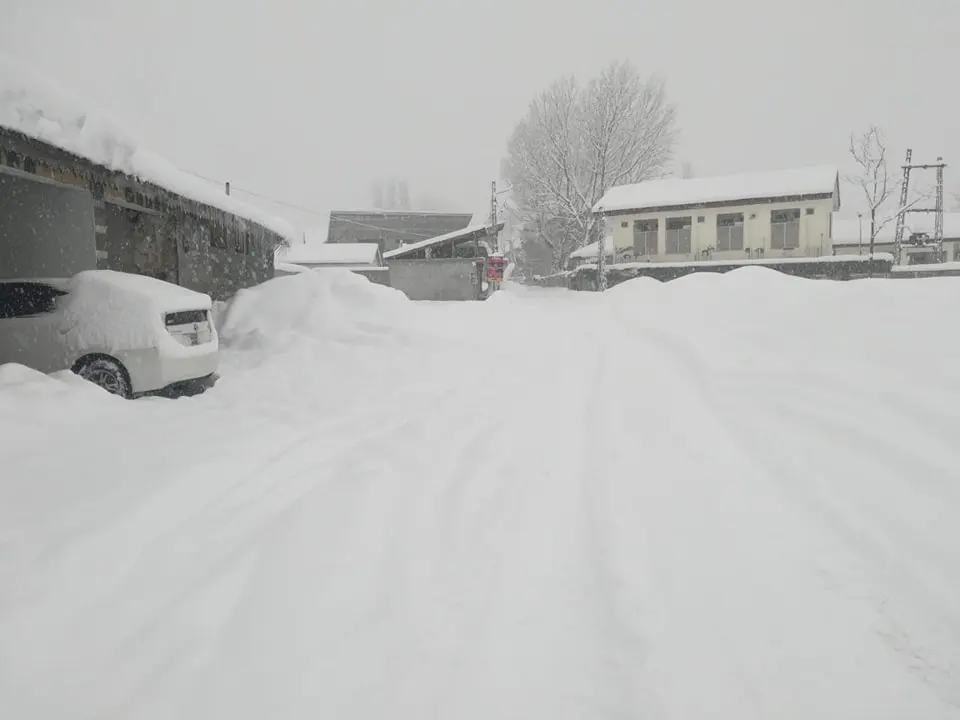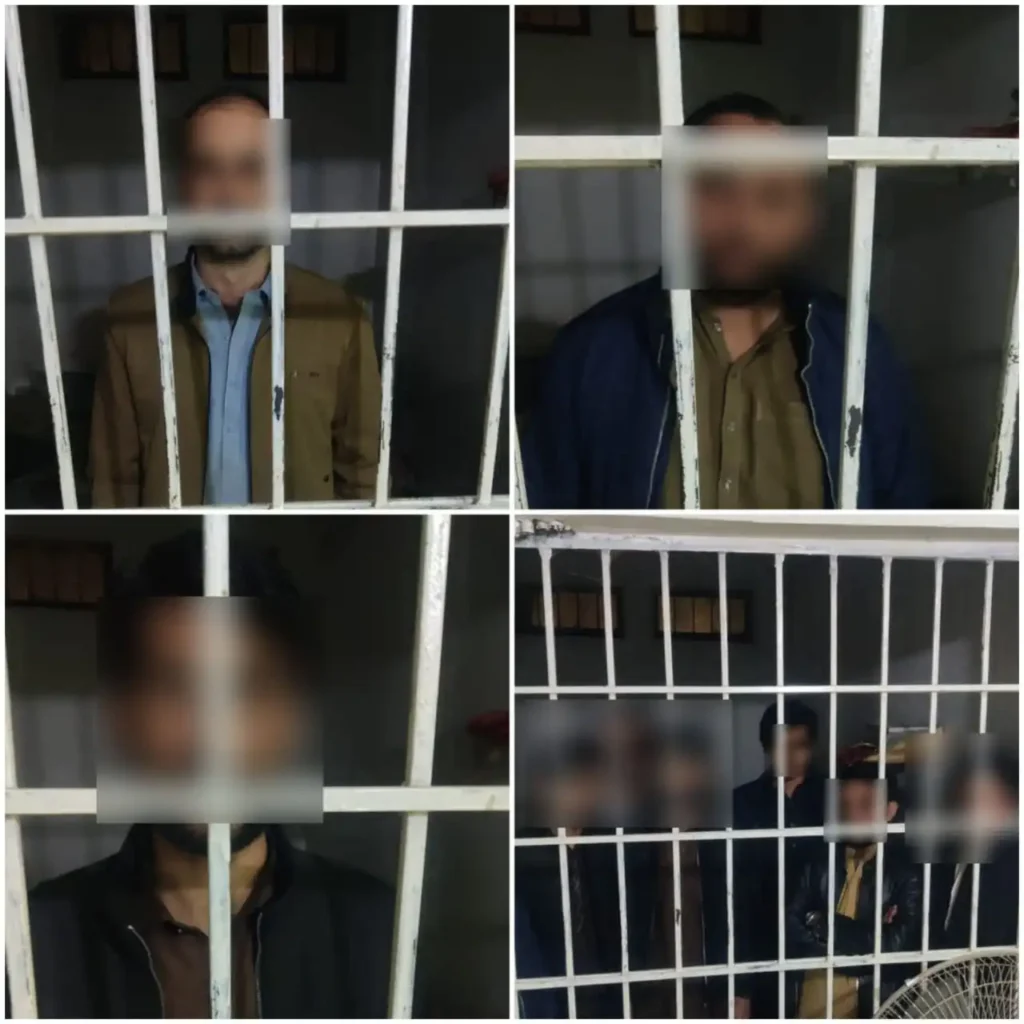How did the United States use cloudburst mechanism in Vietnam War during ‘Operation Popeye’ ?
Operation Popeye was a military cloud seeding project conducted by the United States Air Force from 1967 to 1972 during the Vietnam War. The highly classified program aimed to extend the monsoon season in specific areas of the Ho Chi Minh Trail, thereby softening the road surface and disrupting North Vietnamese military supplies.
The chemical weather modification program was conducted from Thailand to Cambodia, Laos, and Vietnam and was allegedly sponsored by Secretary of State Henry Kissinger and the CIA without the authorisation of then-Secretary of Defence Melvin Laird, who explicitly denied to Congress that a weather modification program for use as a tactical weapon even existed.
A report in SEASIA entitled Rainmaking outlines the use of aircraft-delivered lead iodide and silver iodide in a program developed at Naval Air Weapons Station China Lake in California and in the hurricane study program Project Storm Fu in Okinawa, Guam, the Philippines, Texas, and Florida.
Objectives of the operation:
The objective of Operation Popeye was to increase rainfall in carefully selected areas to deter Vietnamese adversaries, namely military supply trucks, use of roads by softening the road surface, causing landslides on roads, washing out river crossings, and maintaining saturated soil conditions beyond normal. The goal of the operation was to extend the rainy season by approximately 450 days.
The 54th Weather Reconnaissance Squadron conducted the operation using the slogan “Make Soil, Not War.” Beginning on 20 March 1967, and continuing through 1972 during each rainy season (March through November) in Southeast Asia, operational cloud seeding missions were conducted.
Three C-130 Hercules aircraft and two F-4C Phantom aircraft based at Udon Thani Royal Thai Air Force Base in Thailand flew two sorties daily. The aircraft were formally on a weather reconnaissance mission, and the aircrews also prepared weather report data as part of their normal duties. The crews, all from the 54th Weather Reconnaissance Squadron, were regularly rotated from Guam to the operation. Within the squadron, the rainmaking operations were codenamed “Motor Pool”.





